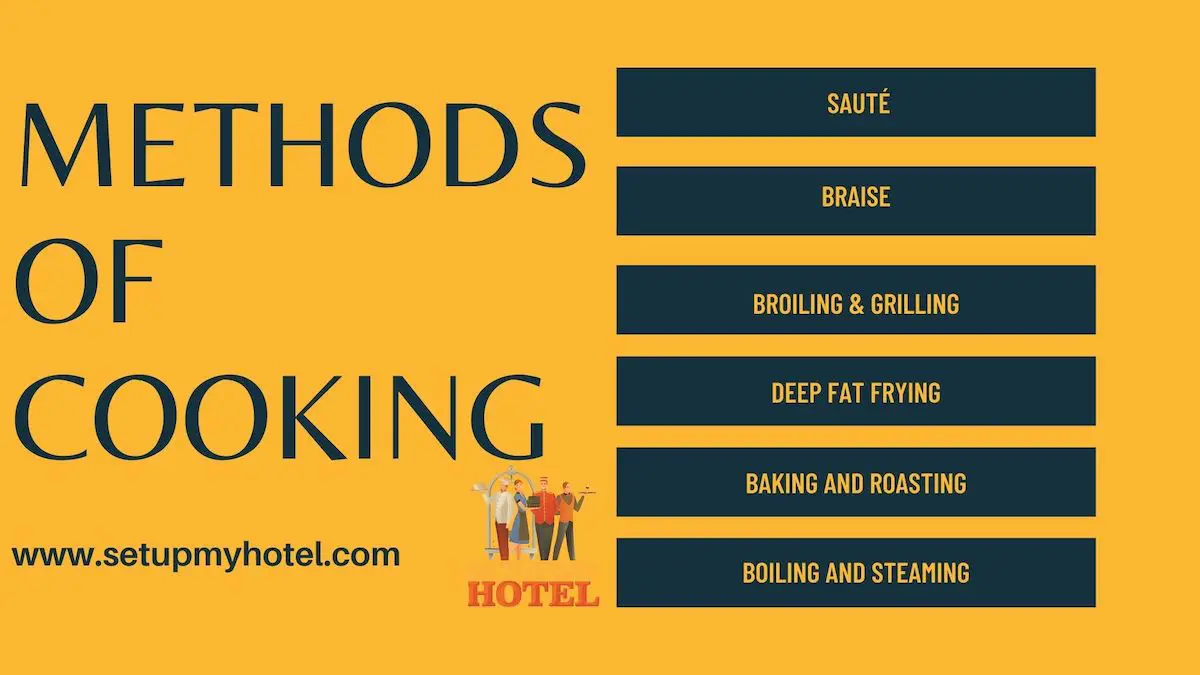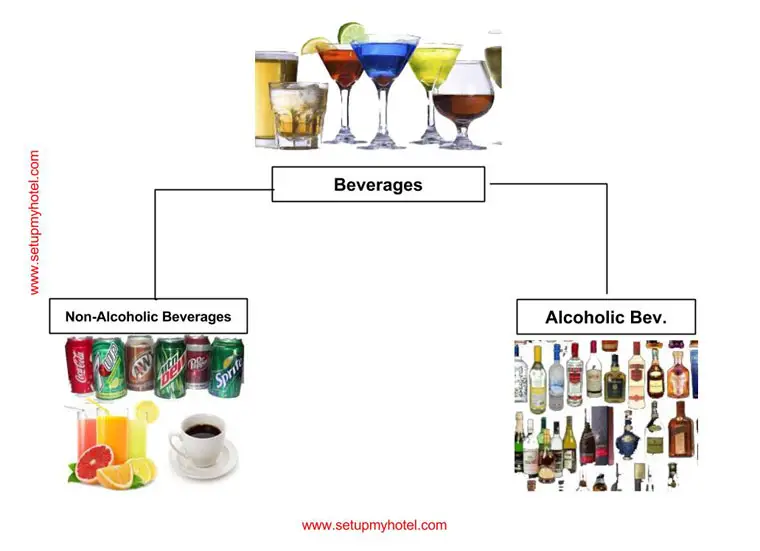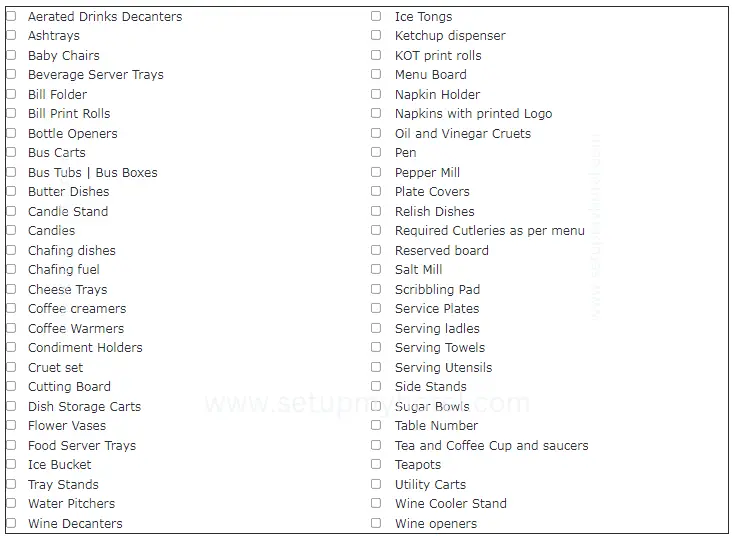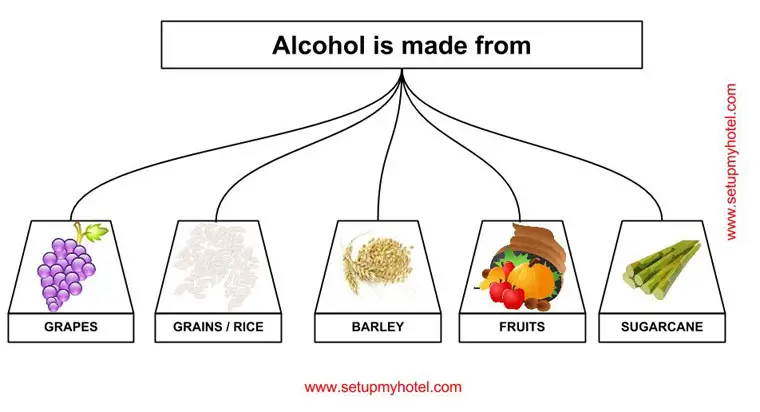Cuts Of Vegetables

Standard Cuts Of Vegetables Vegetable cuts, as simple as they may seem, play an immense role in creating culinary masterpieces. ...
Read more
7 Tips And Tricks For Food Plate & Platter Arrangement – Hotels | Restaurants

Plate & Platter Arrangement Tips and Tricks For Chef’s 1. Keep food away from the plate’s rim. The meal is supposed ...
Read more
The Basic Factors Of Food Presentation – Hospitality Industry

Basic Factors Of Food Presentation in the Hotel Industry The way food is presented has a significant impact on how ...
Read more
Uses Of Medium Duty Equipment In The Hotel Kitchen

Uses Of Medium Duty Equipment In The Hotel Kitchen Medium-duty equipment is a necessary piece of hotel kitchen infrastructure. It ...
Read more
SOP – Engineering – Remote Control/Keyboard Battery Replacement and Cleaning

Remote Control/Keyboard Battery Replacement and Cleaning Remote controls and keyboards are common items found in hotel rooms, and they are ...
Read more
6 Main Methods Of Cooking

Six Main Methods Of Cooking Cooking methods vary widely, each offering a unique approach to preparing food. The act of ...
Read more
Standard Meat Selection Criteria In Hotels

Standard Meat Selection Criteria in Hotels The standard meat selection criteria in hotels involve a careful consideration of various factors ...
Read more
Classification Of Beverages Or Types Of Beverages

What are beverages or Classification of Beverages? ‘Beverages’ is a drink other than water; an explanation in a commercial context. ...
Read more
Checklist For Purchasing Food And Beverage Service Equipment

Purchasing F&B Service Equipment Creating a checklist for purchasing Food and Beverage (F&B) service equipment is crucial to ensure that ...
Read more










